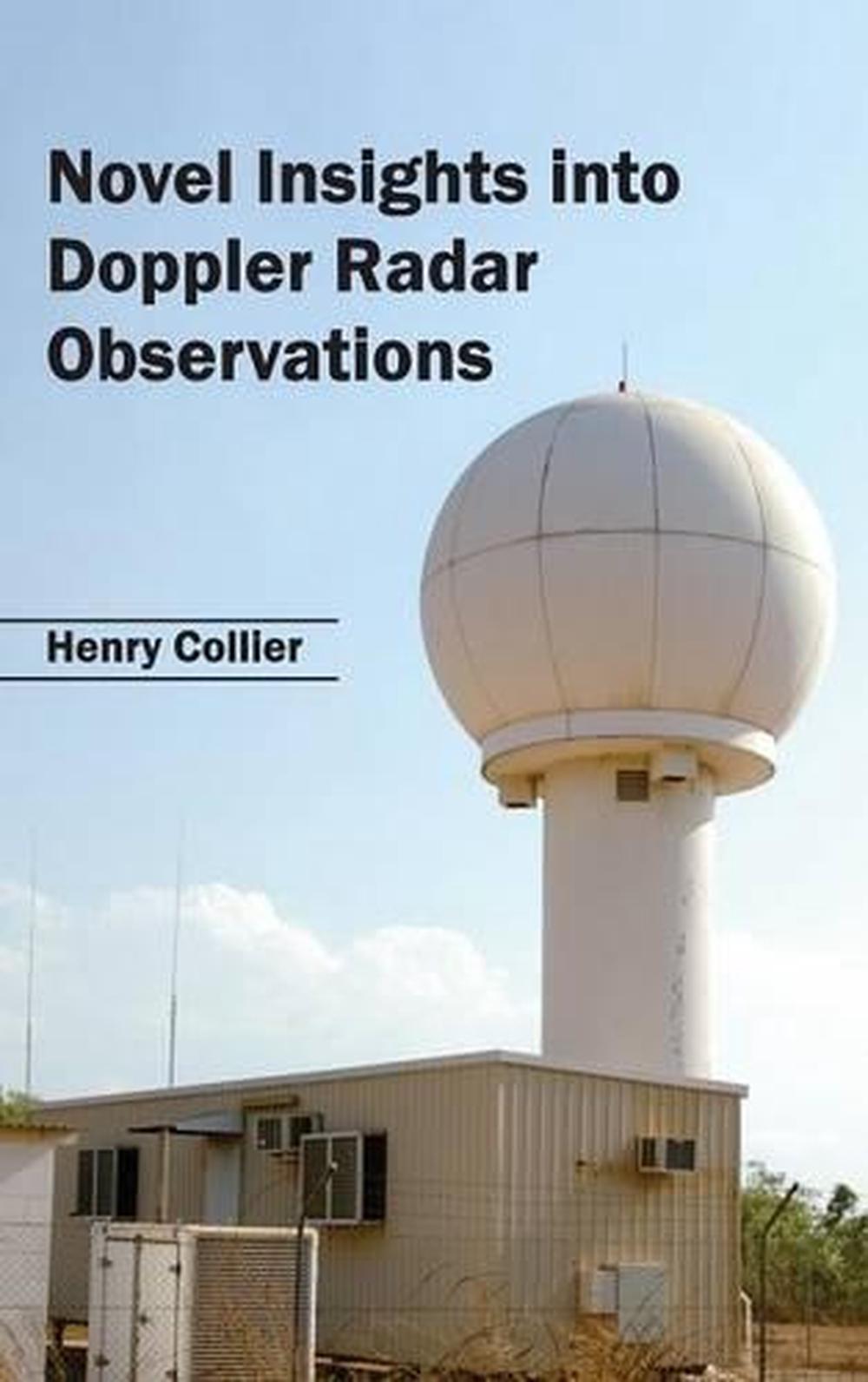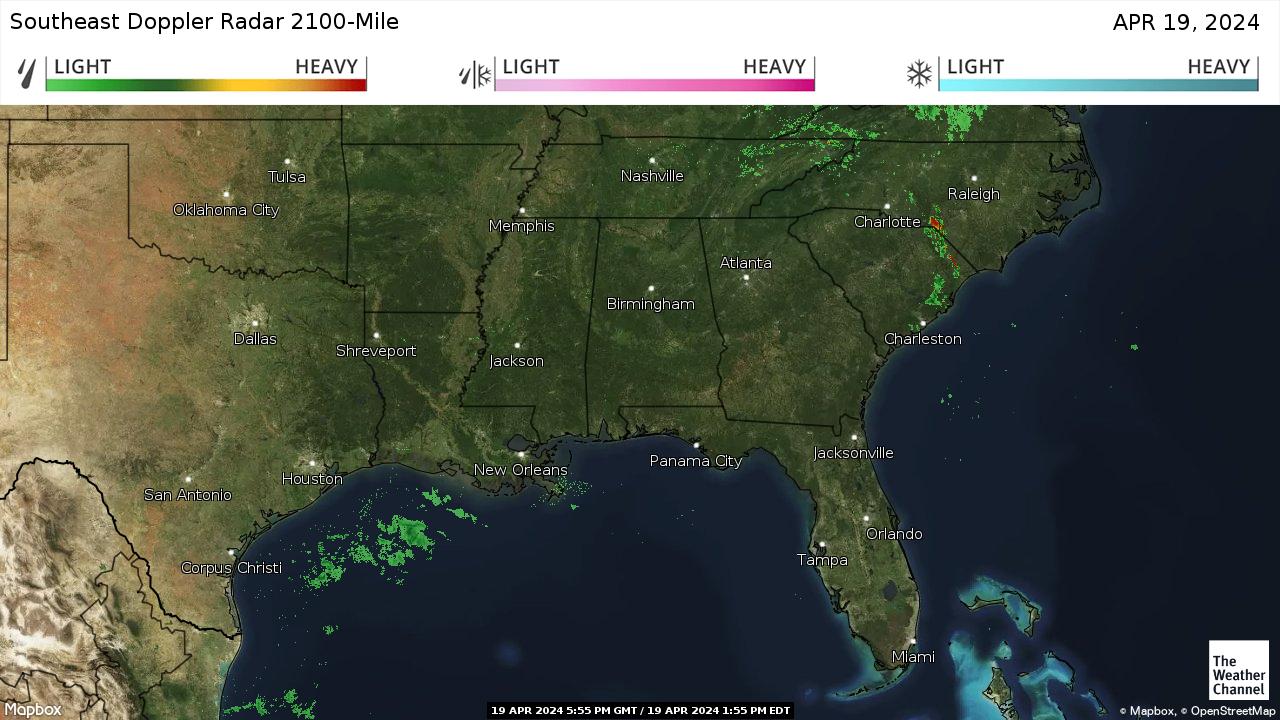

- #Doppler 10 radar android#
- #Doppler 10 radar pro#
- #Doppler 10 radar professional#
- #Doppler 10 radar crack#
Since low-frequency signals are much easier to preserve and amplify than RF and the frequency difference so great, in practice that means we can hear very faint Doppler signals next to our relatively powerful carrier signal. Now, most mixers are imperfect, which means we’ll still have a good amount of the original 10Ghz signals in there too… but since we’re really only interested in the low-end frequencies coming out of the mixer, we can just scythe off everything above a few hundred kilohertz (by using NON-microwave-rated components like common audio amplifiers) and all we’re left with is the ‘doppler’ signal we wanted. When using the HB100 for “movement sensor” applications, the output just goes to an appropriate frequency filter for the range of movement you’re looking for (like a person walking) and that can flip a light switch or open an automatic door What would cause our return signal to be a different frequency from the one we emitted? Doppler shift! Anything moving towards or away from our antenna will introduce a shift (and therefore beat note) proportional to object speed and your carrier frequency. So if we’re emitting a 10Ghz wave and getting back a 10.0001Ghz wave, the result of mixing those will be 20.0001Ghz and 100Hz signals. More technically, a good linear RF mixer will generate two sidelobes at the sum and difference of the two frequencies.


The left pair is the TX and the right pair the RX. The copper squares around the edge are patch antennas. Instead, these modules constantly emit a low-level radio beam and then mix the return signal with the original to generate heterodyne “beat notes” which occur if one frequency has been shifted slightly. That requires precise speed-of-light calculations and expensive components, in order to emit pulses of radio energy and count how many nanoseconds they take to echo back. The basic idea of Doppler radar is that we’re not doing “distance” pulse ranging.

It needs some support components for most uses (like a post-amplifier for the “couple of millivolts” signal it outputs) but does its part of the job well enough. The HB100 Doppler Radar module costs about $5 from the usual online suspects, which is down at the “insanely cheap” end of the spectrum when you’re talking about 10Ghz radio gear.ĭoes it work? Surprisingly, yes.
#Doppler 10 radar crack#
While the top end Tier 2 package adds in hail and shear contouring (the latter necessary for tornado formation), as well as multi-platform use and a 30-day radar archive.īut even for just $9.99 for the app alone without the tiered options, the standard data is fantastic.In this special edition of Teardown Tuesday, we crack open an HB100 Doppler radar module and delve into the mysteries of RF component design.
#Doppler 10 radar pro#
Stepping up to the Pro Tier 1 subscription for $9.99 per year gets you longer animations and lightning data (a must for outdoor enthusiasts), dual pane capability, and inspection tools. You have access to every single radar product that the pros do, at practically the same time they see them-along with up to the minute warning information.
#Doppler 10 radar android#
Available on Android and iOS for $9.99 and Windows or Mac for $29.99, this app is one of the quickest updating around.
#Doppler 10 radar professional#
If none of the above weather apps have what you’re looking for, and you’re willing to spend money on a quality professional weather radar app or website that storm chasers use, hands down our top recommendation is RadarScope. However, the smoothing is addressed in a premium radar option, which offers higher resolution imagery and the previously mentioned forecast radar imagery. In turn, this may cause some inaccuracy in the data, especially when zoomed in. If we had to pick a negative with this one, it’s that the app smooths radar imagery too much to make it look nice on the screen. It also has an innovative future radar option, which attempts to forecast future storm movement up to six hours in advance using the company’s proprietary short-range modeling. Zooming in and out of imagery is fluid, and the satellite map used allows you to zoom down to street level. According to Forecast Advisor, The Weather Channel is consistently rated as the most accurate weather app for many cities across the country.Īlthough it’s a more general weather app, there are some great radar features that we think are worth mentioning. The Weather Channel’s app continues to be one of our top radar apps for 2022, and in our opinion, it’s the best actual mobile weather app.


 0 kommentar(er)
0 kommentar(er)
